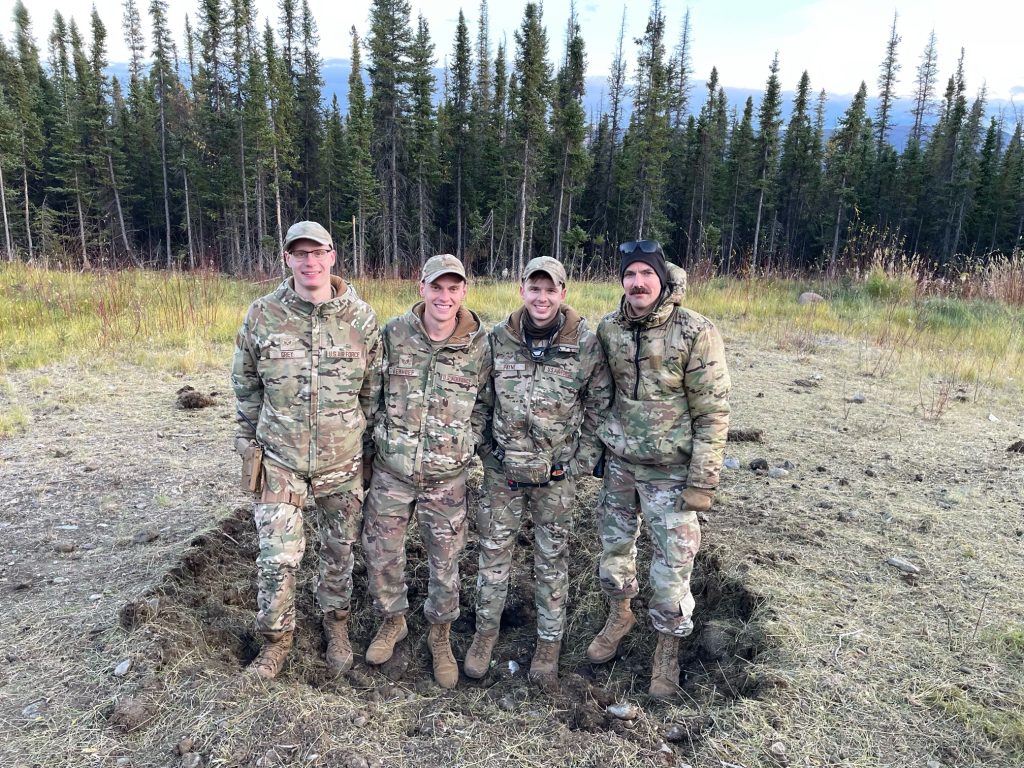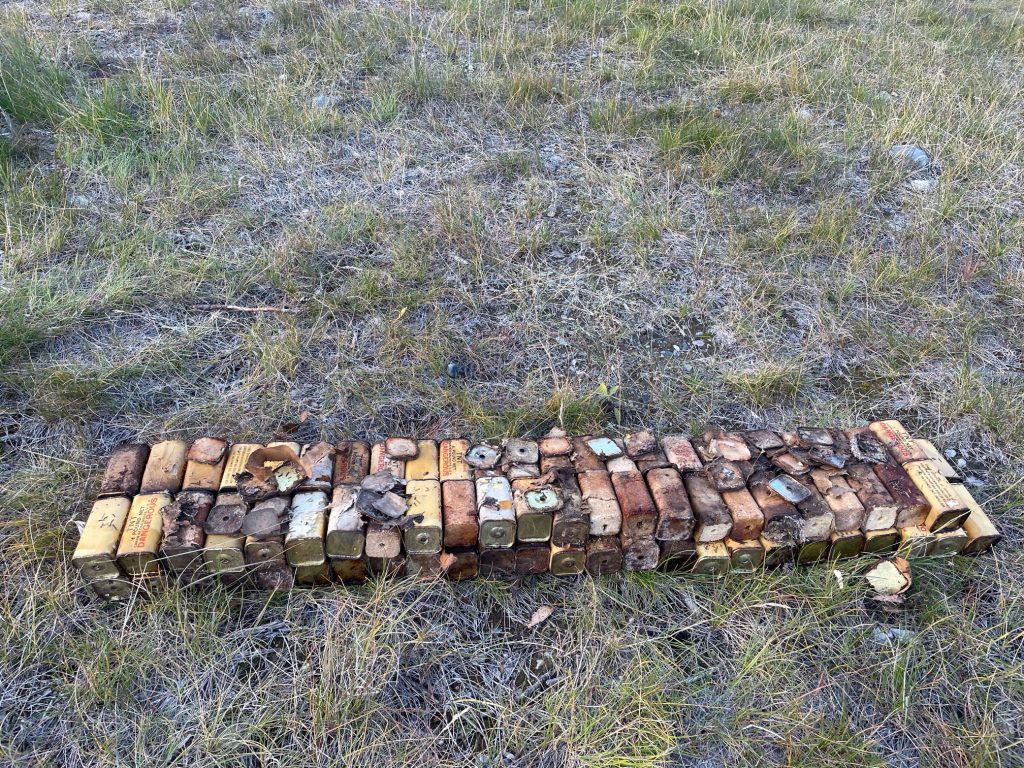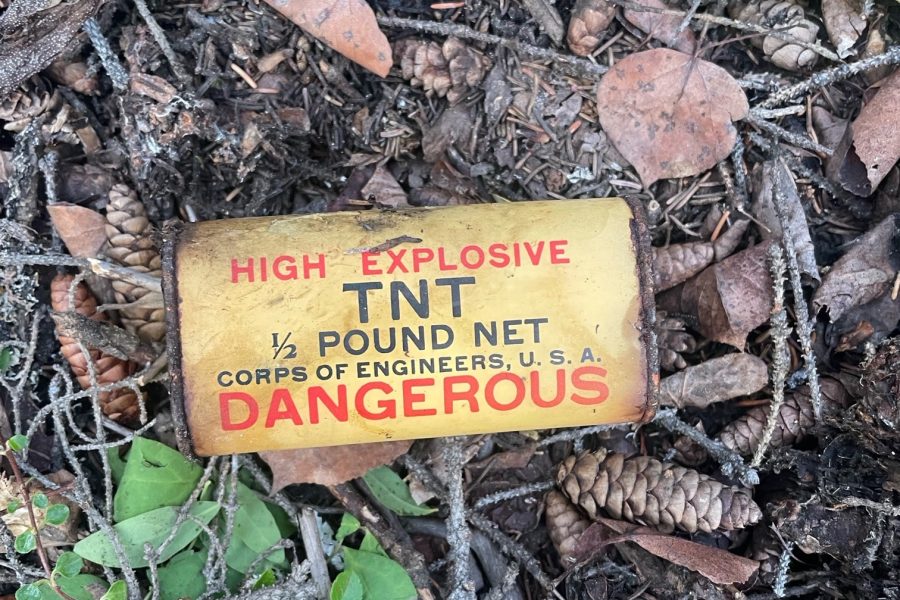When archeologists found a crate of TNT in Eastern Alaska recently, an Air Force Explosive Ordnance Disposal (EOD) team at Eielson Air Force Base got a chance to practice their skills. And have a blast doing so.
The archaeologists discovered the TNT Sept. 28, but its original source remains a mystery. Soon after they called, Airmen arrived, assessed the materials, and coordinated a controlled explosion the same day, a spokesperson told Air & Space Forces magazine.
Such opportunities are rare, especially for junior personnel. Senior Airmen Andrew Payne, Erik Paulson, and Jonathan Grey, all with the 354th Civil Engineering Squadron, got a charge out of this real-world experience, the spokesperson said.

“My main concern is ensuring the tasks I was assigned get completed, like estimating the hazard area, ensuring civilians did not enter the hazard area, and helping set up the demolition shot in a way that made sense and improved safety,” said Grey in a release.
Arriving at the scene, the team confirmed the archeologist’s find was, indeed, 98 half-pound blocks of TNT. Determining that the material could be safely relocated to avoid potential damage to buildings or infrastructure. But they also knew it needed to be neutralized as soon as possible .
Technicians assisted estimating danger zones, kept civilians away from the area, and then safely set up for detonation.
“This response really highlights just a small part of what we do in EOD,” said Staff Sgt. Jason Verhoef, an EOD Technician with the 354th CES. “I really enjoy being able to see first-hand the impact we can make in the local community by dealing with explosive hazards.”
EOD Airmen wield specialized tools to detect and handle dangerous weapons such as explosives.

TNT is a common military explosive, known for its stability and insensitivity to shock and friction. But it is also flammable and toxic, requiring strict controls to limit its exposure ti air, water, soil, and workplaces. TNT can bind to soil and be absorbed by plants.





